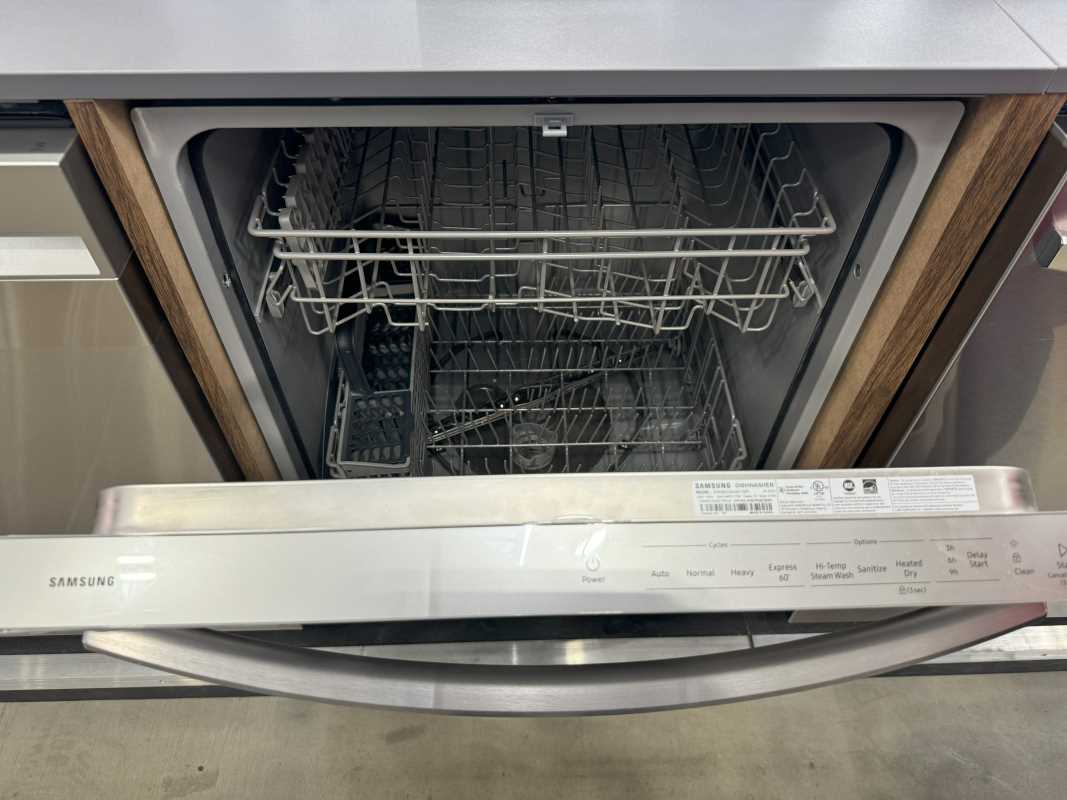A clogged sink or shower drain can be a frustrating and messy problem, but before you call a plumber, you might be able to solve it on your own. With a few simple tools and a bit of patience, you can tackle most drain clogs yourself. Here's a step-by-step guide to help you unclog your sink or shower drain, saving you time, money, and the hassle of a professional visit.
1. Identify the Cause of the Clog
Before you start, it’s important to figure out what’s causing the blockage. In sinks, clogs are often due to a buildup of soap scum, hair, grease, or food particles. Shower drains commonly get clogged with hair and soap residue. Identifying the type of blockage can help you choose the most effective method to clear it.
Signs of a clogged drain:
- Water drains slowly or not at all.
- You hear gurgling sounds from the drain.
- There’s a foul odor coming from the drain.
Once you've confirmed there’s a clog, it’s time to start the repair.
2. Gather Your Tools
Before you begin, gather the tools you’ll need to unclog the drain. These common household items should do the trick for most clogs:
- Plunger: A standard plunger works for both sinks and showers.
- Drain snake or auger: A flexible tool that helps you pull out debris from deep inside the pipe.
- Baking soda and vinegar: A natural solution for breaking up clogs.
- Boiling water: Helps dissolve grease or soap buildup.
- Rubber gloves: To protect your hands from grime and bacteria.
3. Start with Boiling Water
Sometimes, a clog can be dissolved by simply pouring hot water down the drain. Boiling water is especially effective for clearing grease or soap buildup in kitchen sinks. For best results, pour the boiling water directly into the drain in small stages to allow it to work through the clog.
Steps:
- Boil a large pot of water.
- Slowly pour the hot water down the drain.
- Wait a few minutes and check if the water is draining faster.
- If the water still drains slowly, move on to other methods.
4. Use a Plunger
If boiling water doesn’t work, a plunger is the next tool to try. The suction from the plunger can dislodge clogs in both sinks and shower drains.
Steps:
- For sinks: Make sure to cover the overflow hole (usually located near the top of the sink) with a wet cloth to improve suction.
- For showers: Remove the drain cover if necessary.
- Place the plunger over the drain and make sure it has a good seal.
- Pump the plunger up and down several times, then lift it to see if the water drains.
- Repeat the process a few times if needed.
5. Try the Baking Soda and Vinegar Method
If plunging doesn't work, a natural solution like baking soda and vinegar can help break down clogs. This combination creates a fizzing reaction that can loosen debris stuck in your drain.
Steps:
- Pour about 1 cup of baking soda into the drain.
- Follow with 1 cup of vinegar.
- Let the mixture fizz for 10-15 minutes.
- Flush the drain with boiling water to see if the clog is cleared.
6. Use a Drain Snake (or Wire Hanger)
For tougher clogs caused by hair or other debris, a drain snake or auger can be very effective. These tools allow you to reach deeper into the drain and manually pull out the blockage. If you don’t have a drain snake, you can straighten a wire coat hanger and use it in a similar fashion.
Steps:
- Remove the drain cover if needed.
- Insert the drain snake or hanger into the drain.
- Push it down as far as it will go, then gently twist and pull back.
- Repeat the process several times, pulling out any debris each time.
- Flush the drain with hot water to ensure it's clear.
7. Clean the P-Trap (For Sink Clogs)
If none of the above methods work for a sink clog, the problem might be in the P-trap—the curved pipe under your sink. The P-trap often collects debris, causing blockages. Cleaning it out can solve the issue.
Steps:
- Place a bucket under the P-trap to catch water.
- Unscrew the nuts holding the trap in place using pliers or by hand.
- Remove the P-trap and check for clogs.
- Clean out any debris, then reattach the trap and test the drain.
8. Prevent Future Clogs
Once you've successfully unclogged your drain, take steps to prevent future blockages. Simple habits can keep your drains running smoothly.
Tips to avoid future clogs:
- Use drain guards: Place a screen over your drain to catch hair and debris.
- Avoid pouring grease down the drain: Instead, collect it in a container and throw it in the trash.
- Run hot water regularly: After using the sink, run hot water for a few seconds to clear away soap and residue.
- Clean the drain periodically: Use the baking soda and vinegar method every few months to keep your drains clear.
Unclogging your sink or shower drain doesn’t always require professional help. With a few basic tools and techniques, you can tackle most clogs yourself. Not only will this save you time and money, but it will also give you the satisfaction of solving the problem on your own. Follow these simple steps, and you’ll have your drains flowing freely in no time.







